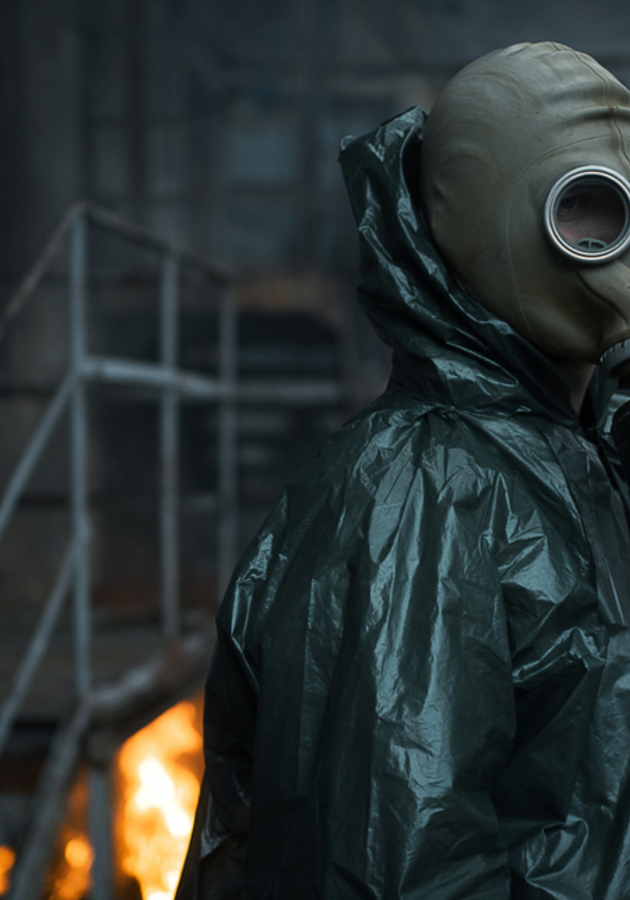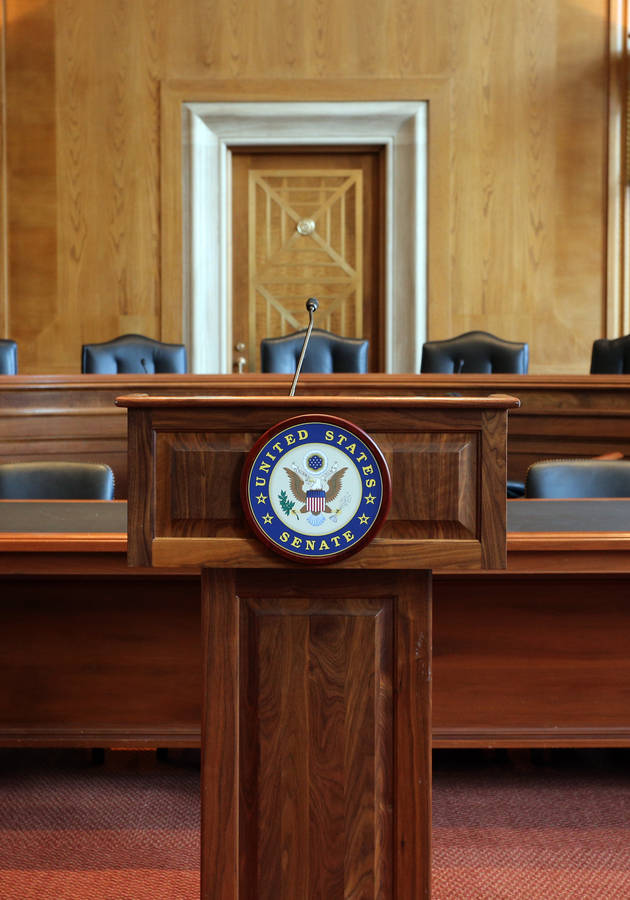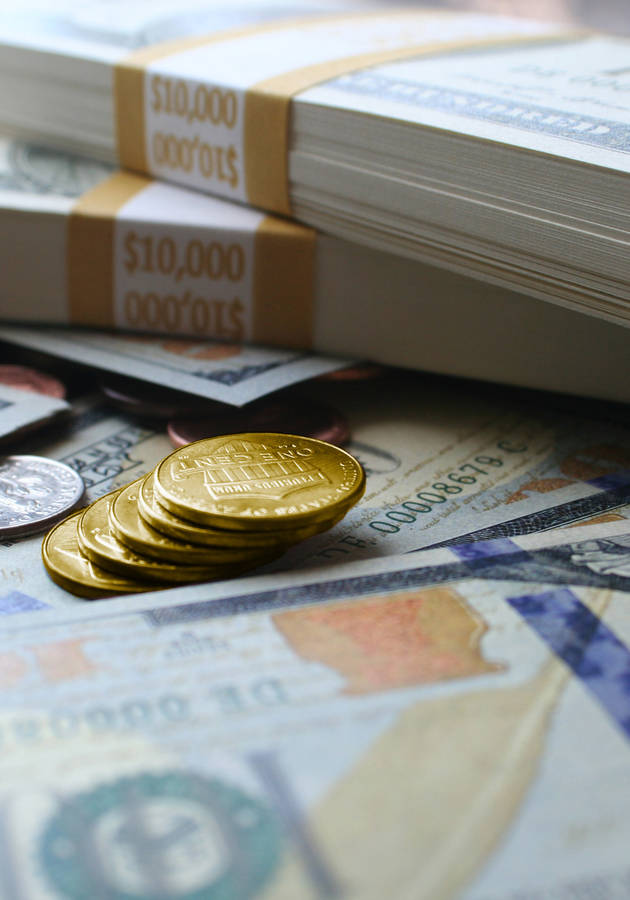Released in 2019, HBO’s historical miniseries “Chernobyl” was nominated for 19 Emmys, won three of them, and became one of the most critically-acclaimed TV shows in modern history. Published the same year, Adam Higginbotham’s 700-page masterwork “Midnight in Chernobyl,” is even better. Get ready for a brief outline.
The Soviet nuclear program
Shortly after dawn on August 29, 1949, on a test range almost 90 miles northwest of Semipalatinsk, a city in the Kazakhstan part of Siberia, the USSR detonated its first atomic bomb. Code-named Problem Number One and led by 46-year-old physicist Igor Kurchatov, the successful project announced to the world the powerful presence of a second superpower.
By then, Kurchatov had already set his mind on building a reactor dedicated to generating electricity. Development started soon after the successful atomic bomb test, in a newly constructed closed city, Obninsk, located about two hours southwest of Moscow. Not long after, the Soviet Union became the first country in the world to build a nuclear power plant exclusively for civilian purposes. On June 27, 1954, the AM-1 Obninsk Nuclear Power Plant – christened Atom Mirny-1 (“Peaceful Atom-1”) by its architects – was safely connected to the Moscow grid and started producing around 5 MW of electricity, enough to operate a small locomotive.
Even so, it was an important milestone, which the Soviet nomenklatura rushed to sell it as a defining symbol of “Socialism’s superior ability to harness nuclear power for the benefit of mankind.” And indeed, when the Soviet delegation announced this achievement at the UN International Conference on the Peaceful Uses of Atomic Energy in August 1955, most of the other delegates were taken aback. Somehow, in the span of a single decade, a poor country that had been completely ravaged by the Second World War, managed to overtake the United States as the world’s leader in nuclear power – despite a late start to the race.
For comparison, the first US nuclear power station in Shippingport, Pennsylvania was still more than two years from completion at the time. By the time it was finished, the Soviet Union had already sent Sputnik into space, completely shattering the United States’ complacent illusions about its “technical superiority over an empire of ham-fisted potato farmers.”
RBMK, “reaktor bolshoy moshchnosti kanalnyy”
On February 20, 1956, Kurchatov, by then head of his own Institute of Atomic Energy, appeared before the delegates assembled for the 20th Congress of the Communist Party of the Soviet Union in Moscow. It was his first appearance before the public in a decade, and it was one to remember. In a “short but galvanizing speech,” he revealed to the Soviet political elites “a fantastical vision of a new USSR powered by nuclear energy,” outlining “plans for an ambitious program of experimental reactor technology and a futuristic Communist empire crisscrossed by atomic-propelled ships, trains, and aircraft.” The government gave him what he wanted: the freedom and resources to develop four different reactor prototypes.
Kurchatov died just four years later, but his designs for the reactors became the foundation of the Soviet nuclear industry. Its culmination was the RBMK, an acronym for reaktor bolshoy moshchnosti kanalnyy or, in English, a “high-power channel-type reactor.” An early Generation II reactor, the RBMK was the pride of the Soviet Union. It used a minimalist design that allowed Soviet factories to manufacture its parts separately and Soviet engineers to easily assemble them on-site. “In keeping with the Soviet weakness for gigantomania,” Higginbotham writes, “the RBMK was both physically larger and more powerful than almost any reactor yet built in the West, each one theoretically capable of generating 1,000 megawatts of electricity, enough to serve at least a million modern homes.”
For all its strengths, however, the RBMK design was optimized for speed of production over redundancy. For example, it used regular, light water for cooling, graphite for moderation and, most importantly, natural uranium for fuel – instead of the considerably more expensive enriched uranium. This allowed for massive power generation at only a quarter of the expense of heavy water reactors, but it also led to unexpected negative consequences. These would only become apparent after it would be too late to stop them.
Chernobyl, “the greatest nuclear power station on Earth”
By the end of the 1960s, the Soviet technological miracle was a thing of the past, and the Socialist experiment was going into reverse, with the country “buckling under the strain of decades of central planning, fatuous bureaucracy, massive military spending, and endemic corruption.” In July 1969, as the United States was making its final preparations to land a man on the moon, the Soviet minister of energy and electrification called for “an aggressive expansion of nuclear construction.” Not long after, the USSR embarked upon “a crash program of reactor building.”
On February 20, 1970, 34-year-old Viktor Brukhanov welcomed the political elites from Moscow in western Ukraine, near the Pripyat River basin, where the Soviet central planners were hoping to build “the greatest nuclear power station on Earth.” Vladimir Scherbitsky, the leader of the Ukrainian Communist Party, gave the name “Chernobyl” to this utopian dream, after the regional capital, a small but ancient town of 2,000 people. Just 16 years later, this dream would turn into one of the most nightmarish episodes of the 20th century.
There were forewarnings of the Chernobyl disaster. At 4:20 p.m. on September 29, 1957 – just one week before the launch of Sputnik into space – an enormous explosion occurred inside the perimeter of Chelyabinsk-40 in the southern Urals, an installation so secret that it had never appeared on any civilian map. More than 20 villages were exposed to the radiation caused from the disaster, but Soviet government officials refused to acknowledge its very existence.
Western nuclear industry sources took their word for granted. After all, the Soviet Union was a full-time member of the International Atomic Energy Agency, and was obliged to report any nuclear accident with its borders. Despite several dangerous incidents, it never did. “For almost 30 years,” writes Higginbotham, “both the Soviet public and the world at large were encouraged to believe that the USSR operated the safest nuclear industry in the world.”
However, Soviet scientists knew better: as academician Valery Legasov, the first deputy director of the Kurchatov Institute, would tell reporters two years after the Chernobyl disaster, many scientists were aware of the dangers posed by the RBMK, but no one would act to stop its construction. The Chernobyl Nuclear Power Plant consisted of four RBMK reactors, built in the span of just seven years, between 1977 and 1983. And that’s another thing: the deadlines set for the construction of the powerplant were unfeasible. In the eyes of Soviet politicians, It didn’t matter. Until it mattered quite a lot.
April 25, 1986
In the early hours of April 25, 1986, the staff at the Chernobyl Nuclear Power Plant was supposed to conduct a safety test on the fourth reactor. The objective of the controlled test was to check the reactor’s behavior in the case of a power outage. Anatoly Dyatlov, the station’s deputy chief engineer for operations, started the day’s test soon after the midnight shift arrived. He was cantankerous; they had just arrived at the workplaces.
The program for the test stipulated it be conducted at no less than 700 MW. However, Dyatlov was adamant that it be conducted at a level of 200 MW. Alexander Akimov, an experienced reactor control engineer, tried disagreeing with him, but Dyatlov was higher in the hierarchy and refused to back down. Akimov, defeated, gave 26-year-old Leonid Toptunov the order to resume the reactor’s controlled power descent below 720 MW. Toptunov, unfortunately, skipped a step: he didn’t choose a level at which the unit’s computerized regulation system was supposed to maintain reactor power in the new operating mode. So, instead of defaulting at 200 MW, the computer defaulted to zero. Reactor Number Four started slipping away from the Chernobyl engineers.
At 1:24 a.m., it was torn apart by “a catastrophic explosion, equivalent to as much as 60 tons of TNT.” The tremendous roar shook the engineers to their very core. Some, such as Akimov and Toptunov, realized immediately what had happened. Others couldn’t, or maybe denied to believe the true scale of the catastrophe. For example, in a bunker beneath the power plant, Chernobyl’s director Viktor Bryukhanov sat at his desk for hours in a “bewildered stupor,” refusing to accept the radiation readings reported by his team. The regional chiefs in Ukraine didn’t think there was any need for evacuation of the nearby town of Pripyat. In Moscow, alarmed at losing face, the politburo downplayed the scale of the incident.
But they couldn’t for long, because where once stood the reactor, there were now neither walls nor a ceiling. Opened to the sky, the radioactive elements ionized the air. From afar, people could see “shimmering pillar of ethereal blue-white light, reaching straight up into the night sky, disappearing into infinity.”
The immediate aftermath
At 10 a.m. on Sunday, April 26, authorities finally ordered the evacuation of Pripyat. Its citizens were perplexed, especially after being told that they had to leave their pets behind. A woman who had gone away for the weekend, returned in the early hours of April 27 to find a ghost town where she had once had a home; the barking and howling of the dogs, the laundry flapping in the breeze on the balconies, and the helicopters securing the area was all that was left from Kurchanov’s utopia, from Brukhanov’s beloved city of the future.
The helicopter pilots were on a mission to dump bags of sand and boron into the mouth of the radioactive volcano so as to quell its burning red core. After each trip, they had to strip off their clothes and decontaminate them. Even so, the grass around their helicopters was gradually turning yellow and dying. In the hospitals of Moscow, the same thing was happening to many of the engineers employed at the Chernobyl Atomic Energy Station. Their deaths were agonizing: their hair fell out, their skin burst apart with wounds, their white blood cells gave out one by one, their lungs stopped working. Their loved ones could do nothing but helplessly watch their demise. Sometimes not even that.
Death of an empire
In the meantime, a radioactive cloud containing pieces of radioactive graphite, as well as radioactive isotopes such as xenon-133, iodine-131 and cesium-137 reached Scandinavia. Swedish scientists reported abnormal levels of radiation while announcing that their country wasn’t the source. Over the following days, the USSR was forced into issuing two statements. Despite General Secretary Mikhail Gorbachev’s insistence on honesty, neither mentioned radiation or listed more than two deaths. This time, Western newspapers refused to believe the USSR’s official story and started speculating about thousands of casualties, all the while coining frightening words such as “nukemare.” Something was happening, and everybody knew what it was – the Soviet Union had started to unravel.
“For the final rulers of the USSR,” writes Higginbotham, “the most destructive forces unleashed by the explosion of Reactor Number Four were not radiological but political and economic.” Billions of dollars were spent to contain the disaster and decontaminate the affected areas, severely hurting the fragile Soviet economy. Even though Bryukhanov and Dyatlov were given maximum sentences of 10 years confinement in a penal colony, Soviet scientists started stepping forward with inner information about the country’s nuclear program.
Most famously, in several 1987 interviews, Legasov proclaimed that “Soviet science had lost its way,” and that Chernobyl was the result of “profound failure of the Soviet social experiment, and not merely a handful of reckless reactor operators.” After his pleas for overhaul went ignored, Legasov committed suicide at the second anniversary of the Chernobyl disaster. Just three years later, the Soviet Union ceased to exist. Historians claim that Gorbachev’s democratic policies contributed to the country’s demise, but Gorbachev himself claims that the real cause for the collapse of the Union was the nuclear meltdown at Chernobyl.
Final Notes
One of the best books of 2019 according to several publications, “Midnight in Chernobyl is a “superb, enthralling and necessarily terrifying” book “which reads almost like the script for a movie.” Unputdownable and eye-opening at the same time.
12min Tip
The Chernobyl disaster happened because a few apparatchiks were granted the power to decide something only experts should have. Whenever in doubt, consult the latter – social media networks are very rarely good sources for important information.





























